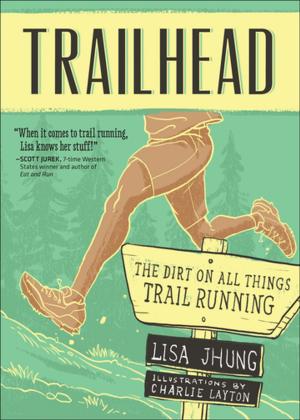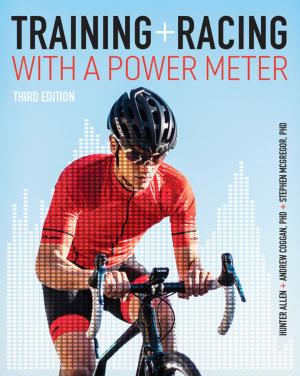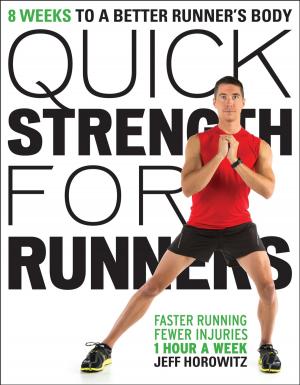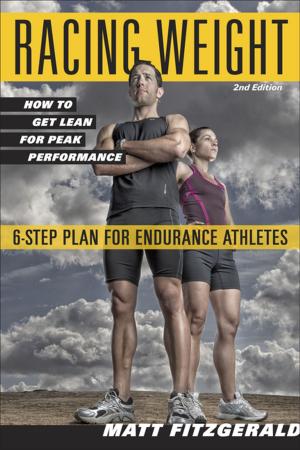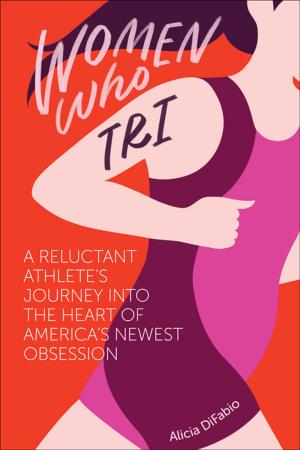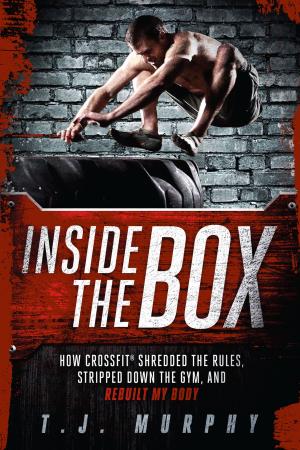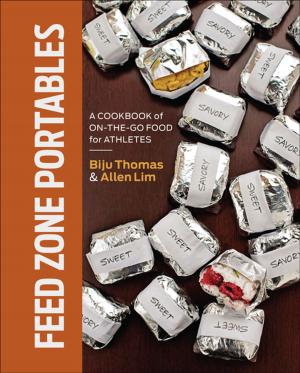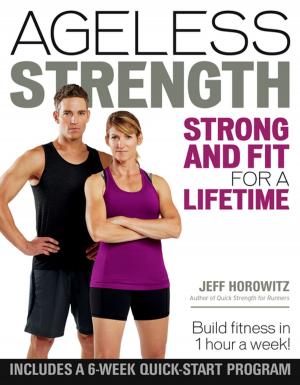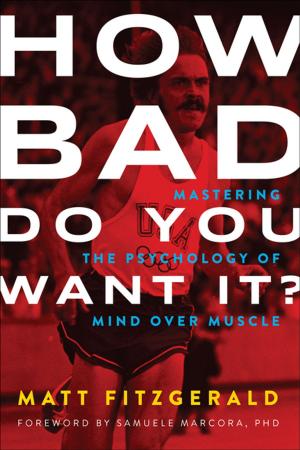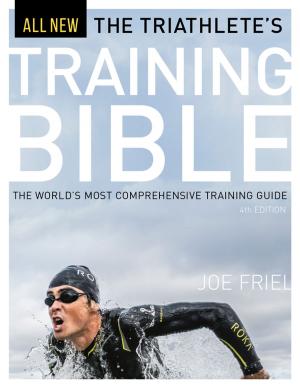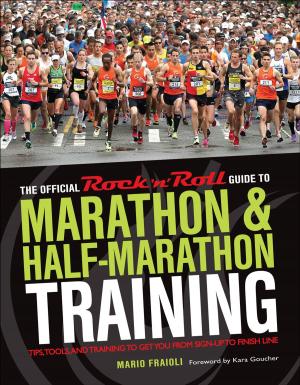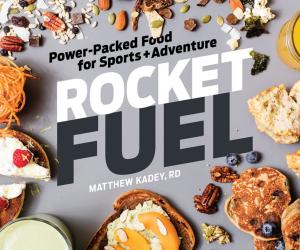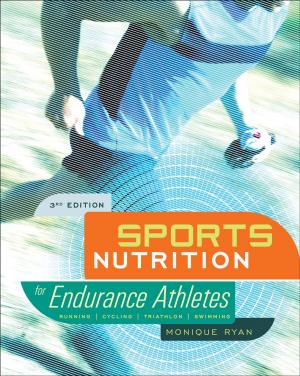The Athlete's Guide to Recovery
Rest, Relax, and Restore for Peak Performance
Nonfiction, Sports, Individual Sports, Training| Author: | Sage Rountree | ISBN: | 9781937716387 |
| Publisher: | VeloPress | Publication: | April 1, 2011 |
| Imprint: | VeloPress | Language: | English |
| Author: | Sage Rountree |
| ISBN: | 9781937716387 |
| Publisher: | VeloPress |
| Publication: | April 1, 2011 |
| Imprint: | VeloPress |
| Language: | English |
The Athlete’s Guide to Recovery is the first comprehensive, practical exploration of the art and science of athletic rest.
If you've hit a wall in your training, maybe it's because your body isn't recovering enough from each workout to become stronger. Hard workouts tear down the body, but rest allows the body to repair and come back stronger than before. Athletes who neglect their recovery will gain little from workouts, risking injury, overtraining, and burn out.
The Athlete's Guide to Recovery offers a full exploration of rest and recovery for athletes. In her book, certified triathlon and running coach and pioneering yoga for athletes instructor Sage Rountree will guide you to full recovery and improved performance, revealing how to measure your fatigue and recovery, how much rest you need, and how to make the best use of recovery tools.
Drawing on her own experience along with interviews with coaches, trainers, and elite athletes, Rountree details daily recovery techniques, demystifying common aids like ice baths, compression apparel, and supplements. She explains in detail how to employ restorative practices such as massage, meditation, and yoga. You will learn which methods work best and how and when they are most effective. The Athlete's Guide to Recovery explores:
• Periodization and overtraining
• Ways to measure fatigue and recovery including heart rate tests, heart rate variability, EPOC, and apps
• Stress reduction
• Sleep, napping, nutrition, hydration, and supplements
• Cold and heat like icing, ice baths, saunas, steam rooms, whirlpools, and heating pads
• Home remedies including compression wear, creams, and salts
• Technological aids like e-stim, ultrasound, Normatec
• Massage, self-massage, and foam rolling
• Restorative yoga
• Meditation and breathing
Then you can put these tools and techniques to practice using two comprehensive recovery plans for both short- and long-distance training.
This invaluable resource will enable you to maintain that hard-to-find balance between rigorous training and rest so that you can feel great and compete at your highest level.
The Athlete’s Guide to Recovery is the first comprehensive, practical exploration of the art and science of athletic rest.
If you've hit a wall in your training, maybe it's because your body isn't recovering enough from each workout to become stronger. Hard workouts tear down the body, but rest allows the body to repair and come back stronger than before. Athletes who neglect their recovery will gain little from workouts, risking injury, overtraining, and burn out.
The Athlete's Guide to Recovery offers a full exploration of rest and recovery for athletes. In her book, certified triathlon and running coach and pioneering yoga for athletes instructor Sage Rountree will guide you to full recovery and improved performance, revealing how to measure your fatigue and recovery, how much rest you need, and how to make the best use of recovery tools.
Drawing on her own experience along with interviews with coaches, trainers, and elite athletes, Rountree details daily recovery techniques, demystifying common aids like ice baths, compression apparel, and supplements. She explains in detail how to employ restorative practices such as massage, meditation, and yoga. You will learn which methods work best and how and when they are most effective. The Athlete's Guide to Recovery explores:
• Periodization and overtraining
• Ways to measure fatigue and recovery including heart rate tests, heart rate variability, EPOC, and apps
• Stress reduction
• Sleep, napping, nutrition, hydration, and supplements
• Cold and heat like icing, ice baths, saunas, steam rooms, whirlpools, and heating pads
• Home remedies including compression wear, creams, and salts
• Technological aids like e-stim, ultrasound, Normatec
• Massage, self-massage, and foam rolling
• Restorative yoga
• Meditation and breathing
Then you can put these tools and techniques to practice using two comprehensive recovery plans for both short- and long-distance training.
This invaluable resource will enable you to maintain that hard-to-find balance between rigorous training and rest so that you can feel great and compete at your highest level.

